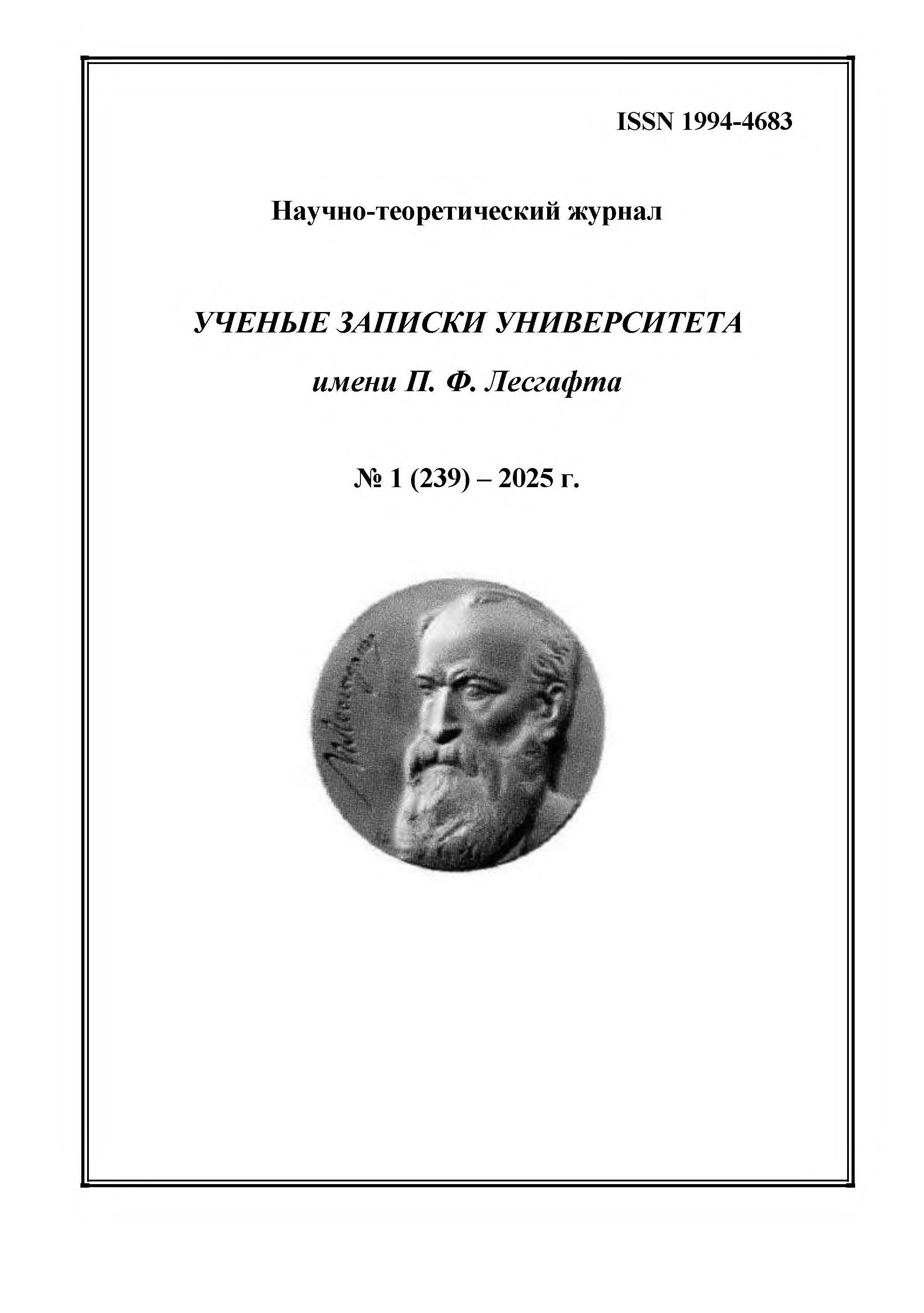from 01.01.2020 until now
Belarusian State University of Culture and Arts (Faculty of Music and Choreographic Art, Senior lecturer)
employee from 01.01.2011 to 01.01.2023
Minsk, Belarus
CSCSTI 77.01
Modern professional vocal art imposes high demands on performers, which necessitates a comprehensive approach to their training. Traditional vocal methodologies, despite their significance, prove to be insufficient for effective adaptation to adverse conditions, improvement of the vocal apparatus, optimization of the preparatory process, as well as prolongation of professional longevity. This article examines the role of physical culture as an important component of vocalists' training, enabling them to enhance their functional capabilities. The purpose of the study is to identify effective methods for enhancing the special work capacity of vocalists and to determine the impact of physical culture tools on the development of their professional skills. Research methods and organization. The following tools were used: observation, pedagogical experiment, testing using Serkin’s method, analysis of vocal range frames, processing and analysis of the obtained data. As part of the research conducted at the Belarusian State University of Culture and Arts, an experimental program was implemented, which, alongside traditional vocal exercises, incorporated elements of physical culture and experimental exercises aimed at increasing the professional performance capacity of vocalists. Research results and conclusions. The analysis of the obtained data demonstrated a significant superiority of the experimental group over the control group, which confirmed the effectiveness of the proposed approach. As a result of the study, a new model of vocal training was developed, incorporating auxiliary means of objective control that can be applied during the entrance examinations for student selection.
professional-applied physical training, singing, vocal training, physical qualities
1. Aldoshina I., Pritts R. (2006), “Musical Acoustics”, St. Petersburg, Composer Saint Petersburg, 720 p., ill.
2. Sadolin Cathrine (2012), “Complete Vocal Technique”, Copenhagen, 273 p.
3. Seth Riggs (2007), “Singing for the Stars”, (+2CD), St. Petersburg, Piter, 120 p.
4. Morozov V. P. (2002), “The Art of Resonant Singing. Fundamentals of Resonance Theory and Technique”, Moscow, Art and Science, 496 p., ill.
5. Kots Ya. M. (1986), “Sports Physiology”, Moscow, Physical Culture and Sports, 240 p., ill.
6. Kavaleu A. V. (2020), “Synergism of Physical Culture and Vocal Art: New Horizons of Interaction”, Olympic Sport and Sport for All, Proceedings of the XXV International Scientific Congress, Minsk, October 15-17, 2020, Belarusian State University of Physical Culture, Minsk, Part 1, pp. 347–352.
7. Kavaleu A. V. (2024), “The Influence of Physical Activity and Special Exercises on the Amplitude-Frequency Characteristics of the Voice”, Bulletin of the International Centre of Art and Education, No. 6, pp. 307–315.
8. Kavaleu A. V. (2023), “Implementation of Specialized Breathing Exercises in the Training Process of a Vocal Performer”, Problems and Prospects for the Development of Higher Education in the Field of Culture and Arts, Minsk, Belarusian State University of Culture and Arts, pp. 244–248.
9. Bondarenko K. K., Bondarenko A. E. (2018), “The Influence of Breathing Exercises on the Functional State of Students in Special Training Groups”, Physical Culture, Sport, Science, and Education, Proceedings of the II All-Russian Scientific Conference, Churapcha, pp. 62–65.
10. Ivanitsky M. F. (2008), “Human Anatomy (with Basics of Dynamic and Sports Morphology)”, 7th ed., Moscow, Olympia, 624 p., ill.







